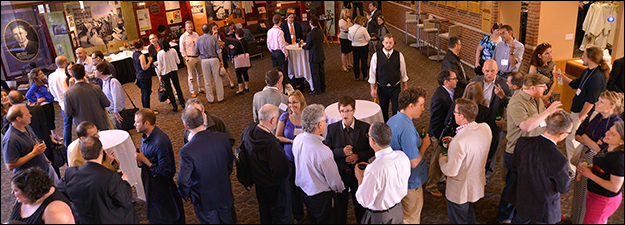Nunneries in Medieval Europe: New Historiographical and Methodological Approaches I
Sponsoring Organization(s)
Special Session
Organizer Name
Mercedes Pérez Vidal
Organizer Affiliation
Univ. Nacional Autónoma de México
Presider Name
Laura Cayrol Bernardo
Presider Affiliation
Centre de Recherches Historiques, EHESS-Paris
Paper Title 1
Being in Touch with the Outside: The Economical and Spiritual Exchanges of the Observant Dominican Convent Saint Catherine in Saint Gall (Switzerland)
Presenter 1 Name
Claudia Sutter
Presenter 1 Affiliation
Univ. Zürich/Stadtarchiv der Ortsbürgergemeinde St. Gallen
Paper Title 2
Premonstratensian Sisters in Northern France: Using the Documents of Practice
Presenter 2 Name
Yvonne Seale
Presenter 2 Affiliation
Univ. of Iowa
Paper Title 3
Debating Reform in Tenth- and Early Eleventh-Century Female Monasticism
Presenter 3 Name
Steven Vanderputten
Presenter 3 Affiliation
Univ. Gent
Paper Title 4
Rhetoric under the Cloisters: Teaching and Transmission of Knowledge in Feminine Monasteries
Presenter 4 Name
Sergi Sancho Fibla
Presenter 4 Affiliation
Univ. Pompeu Fabra
Start Date
16-5-2015 1:30 PM
Session Location
Fetzer 1010
Description
Although in the last two decades a large amount of research has pointed out different significant issues regarding female monasticism in Europe, partly overcoming the previous lack of studies, many of them still rely on preconceptions, with a lack of both critical reading and revision and a gender perspective.
In these sessions we aim to address different issues of recent scholarship on female monasticism, questioning some oversimplified and idealised interpretations given by traditional historiography, and redifining some particular points. We will cover a wide timeframe, from the High to the Late Middle Ages (950-1500ca), and this will allow us to consider the evolution and changes in spirituality and liturgy, the gender roles, the relationships of nunneries with their environment, and the consequences of all this in art and architecture.
The greater regulation of monasticism and Treaties and Councils of Central and Late Middle Ages involved outstanding alterations in the roles of religious women, as they tried to undermine women authority and independence, imposing a more strict control over the administration and religious life. Likewise, the reform of the religious orders at the end of the Middle Ages insisted also in these restrictions. Nevertheless, we will discuss how religious women managed to overcome this gender limitations, and affirmed their authority taking control over the administration, legislation, liturgy, relationship with the environment and also the artistic production and commission.
Mercedes Pérez Vidal (CIALC-UNAM) and Laura Cayrol Bernardo (EHESS)
Nunneries in Medieval Europe: New Historiographical and Methodological Approaches I
Fetzer 1010
Although in the last two decades a large amount of research has pointed out different significant issues regarding female monasticism in Europe, partly overcoming the previous lack of studies, many of them still rely on preconceptions, with a lack of both critical reading and revision and a gender perspective.
In these sessions we aim to address different issues of recent scholarship on female monasticism, questioning some oversimplified and idealised interpretations given by traditional historiography, and redifining some particular points. We will cover a wide timeframe, from the High to the Late Middle Ages (950-1500ca), and this will allow us to consider the evolution and changes in spirituality and liturgy, the gender roles, the relationships of nunneries with their environment, and the consequences of all this in art and architecture.
The greater regulation of monasticism and Treaties and Councils of Central and Late Middle Ages involved outstanding alterations in the roles of religious women, as they tried to undermine women authority and independence, imposing a more strict control over the administration and religious life. Likewise, the reform of the religious orders at the end of the Middle Ages insisted also in these restrictions. Nevertheless, we will discuss how religious women managed to overcome this gender limitations, and affirmed their authority taking control over the administration, legislation, liturgy, relationship with the environment and also the artistic production and commission.
Mercedes Pérez Vidal (CIALC-UNAM) and Laura Cayrol Bernardo (EHESS)


